DISCLAIMER: All estemates in this article are relative to the average speed at which the drone is flown. The lighter it is piloted, the less of a concern flight time is.
This build is all about finding a limit. Currently, any top pilot will tell you that 70% of the motors out there can't finish a 2 minute race on a decent sized 4S battery. This really only holds true for highly competative races/speeds such as that which can be found at MGP Nationals, The International Open, Sebring, etc. With everyone jumping on the 6S train, I felt that we still hadn't completely explored the depths of what a well built 4S quad can do, and this build is my attempt at doing so.
The bottleneck for speed and efficiency, as they partain to racing quads, will always lie in one of two areas: weight, and powertrain. Because most pilots can't afford to build a quad army, I will not be focusing on weight since it requires a sacrifice in terms of frame streight at some point. I will also not be talking about battery voltage, since our goal here is to find a setup that is efficient for a given voltage (in our case 16.8v). In the future we will take what we learn from this quad and apply it to varying voltages in order to find some generalizations about what makes a quad fly faster, further, and better.
So what are we left with? It seems the only things left to change, if not weights and voltages, are ESCs, motors, and props. I have found in the past that these tend to make the biggest difference anyway. Props tend to be a tricky topic because pilots will oftentimes choose props based on course layout, race format, competition, flying style, etc. With this in mind, it's a good idea to have a build that provides some efficiency headroom, allowing the pilot to have a few props to choose from. This leaves ESCs and motors. Verious ESCs do provide some minor efficiency gains/losses. Since measuring such losses in order to compair ESCs isn't imediately feasable for me, we will save this for another day. This leaves motors.
Motor selection has a tendancy to dictate a large portion of what goes into a racing build. This means that it is extremely important to carefully select our motor based on what we expect out of our machine. For example, a build which is designed to compete on a tight, technical course to X number of laps will have some very unique build philosophies. It needs to be able to stop on a dime, meaning it must be light. It doesn't need to fly for long, meaning we will want high RPM. This is very different from what I aim to build here, but proves the point that the motors are the key to getting the type of performance desired.
So what is our goal? The race I am building this quad for has two segments of concern and is becoming a relatively standard format for quad racing in America. The first day is strictly qualifying. Qualifying heats are 2 minutes long, with the allowance of all pilots to complete their last lap. The second day is double elimination brackets, first to 3 laps. The track on the first day will be very technical, while the track on the second day is expected to have a few straight-aways, dives, and more medium speed. Our goal is to build a quad that can negotiate both of these formats and tracks as fast as possible. This means we have to - A. Be able to fly fast for 2+ minutes. B. Have a high top speed so as not to lose time on straight-aways. C. Be relatively light weight, meaning we don't want to draw many amps. That allows us to run a smaller battery, and handle the tight turns on the technical track.
Everyone seems to have a different idea of what a "battery burner" track looks like, but in order for us to select the right motor we need to take a closer look at what actually constitutes such a track. Often times pilots look at streight-aways and instantly classify a track as a battery burner. While streight-aways do result in relatively high amp draw, there is another manuever wich demands much more power from the motor, and subsequently the battery. The important thing to understand is the difference between static and dynamic thrust. Static thrust is the thrust generated by the prop when difference in ambient air speed relative to it is 0. Dynamic thrust is the thrust generated by the prop for a given relative air speed. What we really care about is the dynamic thrust. Since prop efficiency and thrust tend to drop as difference in airspeed increases, we know that the most difficult maneuvers are going to be the ones where the quad is asked to accelerate and decelerate quickly.
With that minor bit of aeronautics in mind, we can assume that the technical track has a lot of potential to ask for power from our setup. The main track may also have some high speed split S turns and sweeping turns which will do the same, though it will only be to 3 laps. This means our first priority will be finding a motor with exceptionally low amp draw. Let's start by compiling a small list of motors that draw under 25A during static thrust tests, as shown by www.miniquadtestbench.com. Ideally, our motor will draw ~20A on a 5x4x3 prop. I choose this number because I happen to know that on my 250g-300g quads, such motors are always able to finish a 2 minute race with a 1500 battery.
100% throttle with a 5x4x3 prop
Lumenier RX2206 2350kv
- thrust: 1045g
- current: 21.26A
Scorpion 2205 2350kv
- thrust: 1025g
- current: 20.5A
Cobra Race Edition 2206 2100kv
- thrust: 1090g
- current: 21.83A
These motors offer some spactacular efficiency compared to seemingly everything else on the market by far. They all put out more than a kilogram with the right 5" prop, and they all stay well below 25A of static thrust while doing so. The winner between them seems to be the Cobra as it ranks 1st in thrust, efficiency, AND overall current draw. However, if price is an issue, the Scorpion becomes a very strong competator. It ties for first in efficiency, and prices in at $12.5 per motor compaired to Lumenier and Cobra's $19.99.
Ultimately, I decided to go with the Scorpion motors because price mattered to me. We will see in coming days if they can prove themselves
POST BUFFALO BANDO UPDATE
https://www.youtube.com/watch?time_continue=1&v=B4Ra9LbzGQg < gopro run
https://youtu.be/WLWLMGngR6c?t=38m47s < quad splosion
I took these quads out to compete in the Buffalo Bando race in NY. Unfortuantely, the race format was not quite what they were designed for, as the indoor technical track was too slow to require efficiency to be needed, and the outdoor course was only first to 4 laps.
In addition to not having a purpose built setup, my Skyzone goggles decided to breath their last (usable) breath while at the event. The internal rx module ceased working, and the goggles would scroll every few seconds when plugged into the ground station. The old set of attitudes I had were not much better. As a result I was able to prove the durability of the build using the plentiful metal and concrete obstacles. After ~25 packs of flying, I ended the weekend with two broken motor shafts, 4 bent standoffs/screws, and one broken camera. All of that occured over the course of two particularly hard crashes during bracket racing. I can't really complain about the durability of the motors, or any other part in this build. All exceeded my expectations given the circomstances.
Photos
Part List
Frame |
Zypher V3 NEW! 5.5″ Prop design with 4mm Carbon Race Design!
Bouldermultirotor.com
|
$65.00 |
Flight Controller |
Flip32- F4- Vedrfolnir
(6 builds)
Readytoflyquads.com
|
$67.99 |
Motors |
2 x Scorpion M-2205-2350kv
Scorpionsystem.com
|
See Site |
FPV Camera |
FPV Drone Cameras for - RaceDayQuads
(149 builds)
Racedayquads.com
|
$1.99 |
FPV Transmitter |
FuriousFPV Stealth Long Range VTX 700mW
(3 builds)
Racedayquads.com
|
$44.95 |
Antenna |
TrueRC AXII MMCX FPV Antenna 5.8ghz - RHCP and LHCP
(7 builds)
Racedayquads.com
|
$19.99 |
Receiver |
FrSky XM+ 2.4GHz Micro ReceiverDefault Title
(1151 builds)
Racedayquads.com
|
$15.99 |
I can't stop my noise on my Zypher, I have a mpu 6000 gyro. With the silicone softmounts that it comes with. Also on the arms I have cobra 2207 2450kv with tpu softmounts. I finally got it flying ok but with all the notches on. Any help?
Could you speculate obn how the scorpions compare with the RDQ Badass 2205 2450kv motors?
The best I can do is speculate since there is no MQTB data for the 2205 RDQ motors. My previous builds which are identical to this one did indeed use those motors and REALLY struggled to finish a 2 minute race at high levels of competition. For 90% of people, I think those motors are great. But once I got faster, they became too inefficient. As far as power goes, the RDQs definately felt more punchy than these motors. Though coupled with 5.5" props, these motors actually perform really well
Guides & Reviews
AirbladeUAV has done it again and this time they've brought long range to the 5" class! Based on the popular Transformer Mini, the new Transformer 5" Ultralight adopts a lot of the same design philosophies with larger props and more payload capacity. It can fly upwards of 20 minutes on a 4 cell Li-Ion battery pack and in ideal conditions it's got a range of over 4 to 5 miles. In this guide I'll walk..
Read moreWith the release of the DJI FPV Drone cinematic FPV has become a lot more accessible, but you certainly don't want to crash a $750 drone! The QAV-CINE Freybott is a compact, lightweight cinematic FPV drone that can take a hit and keep going. It's a lot safer to fly indoors and around people. With a naked GoPro or the SMO 4k you can capture some great stabilized footage. In this guide I'll show you..
Read more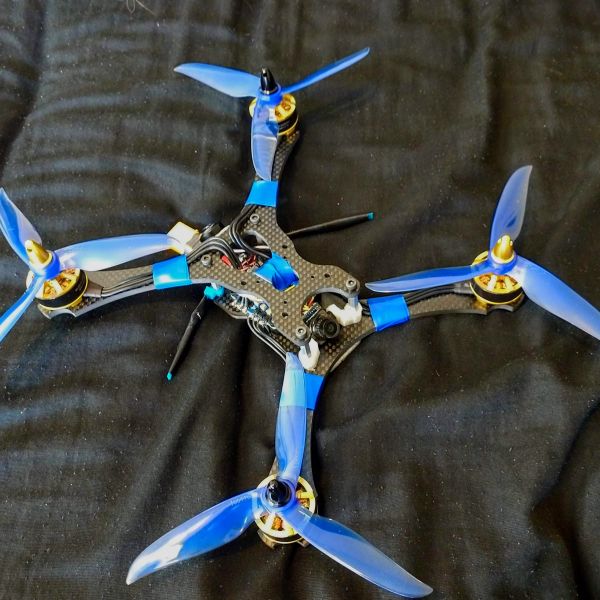
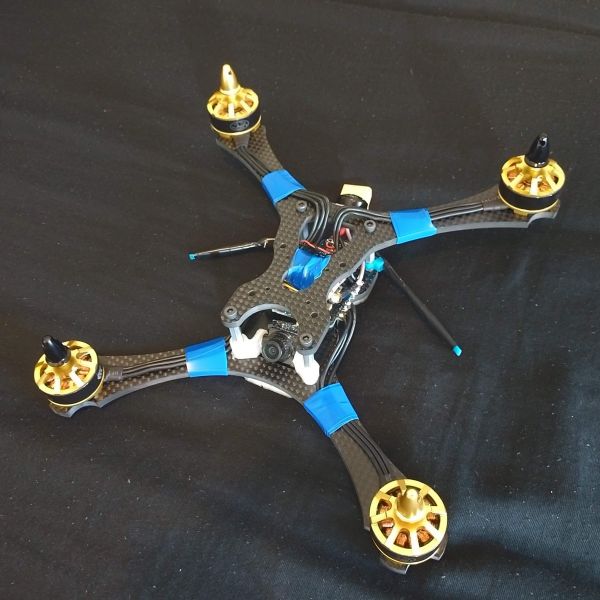
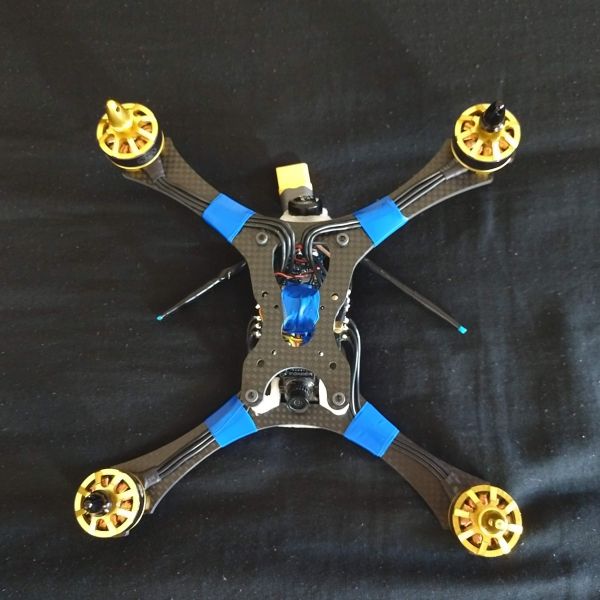
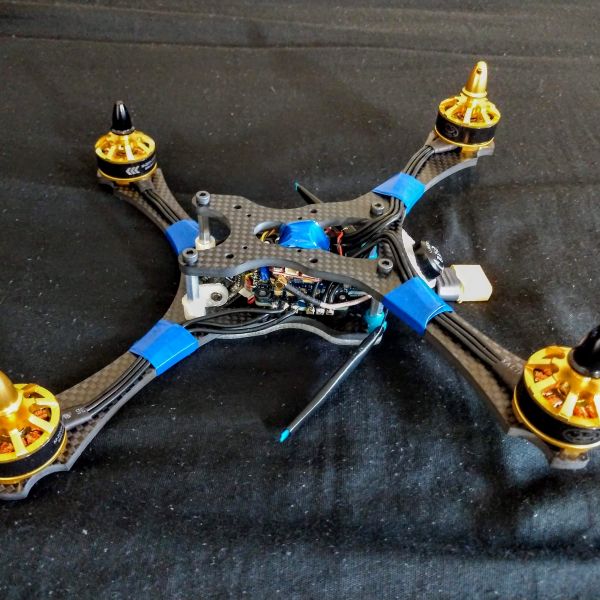
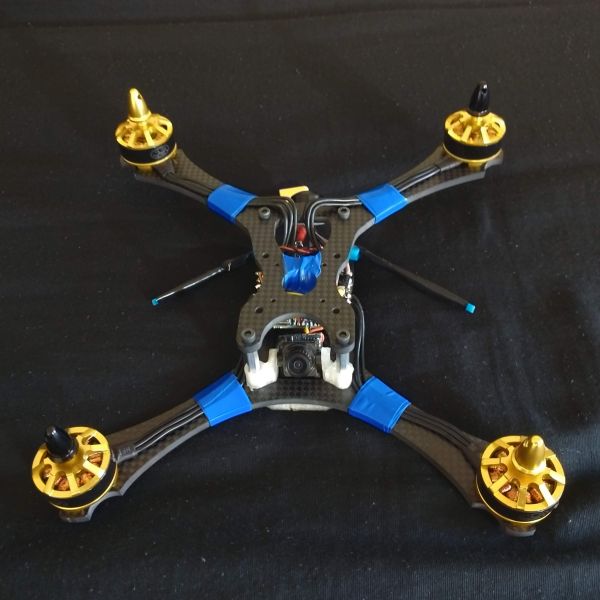
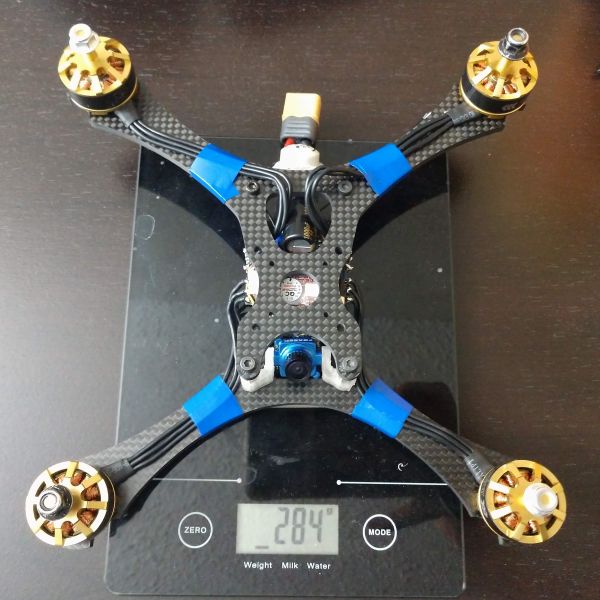
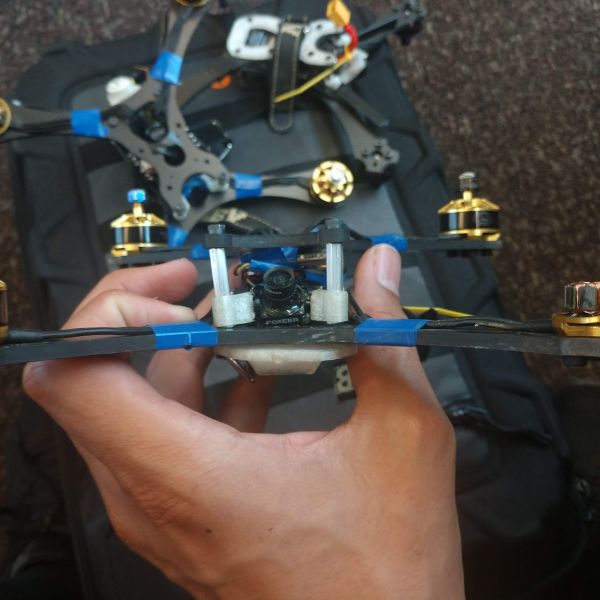
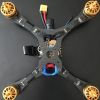
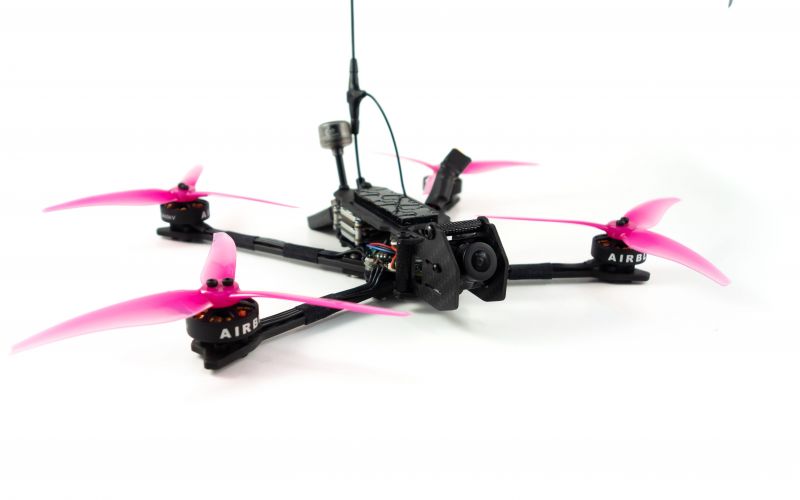
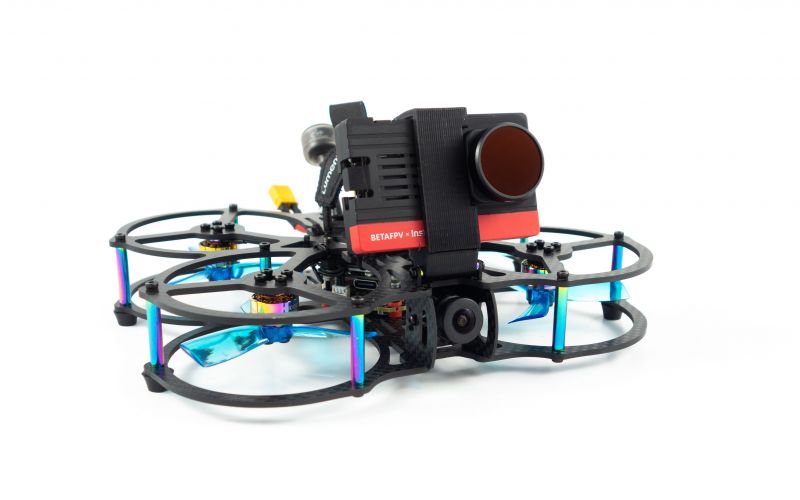








These are the pictures of my build, would anything here cause a lot of noise?
Here are some things you could try
If none of these are the problem, you are most likely looking at a faulty electronic componant. Here are some likely ones
I'm also curious what type of vibrations you are getting? Is it still flyable? Do some manuvers cause it worse than others? (eg. punchouts). Do you see noise in your video when the vibrations occur? Some DVR may answer some of these questions
Can I have an email to send the video